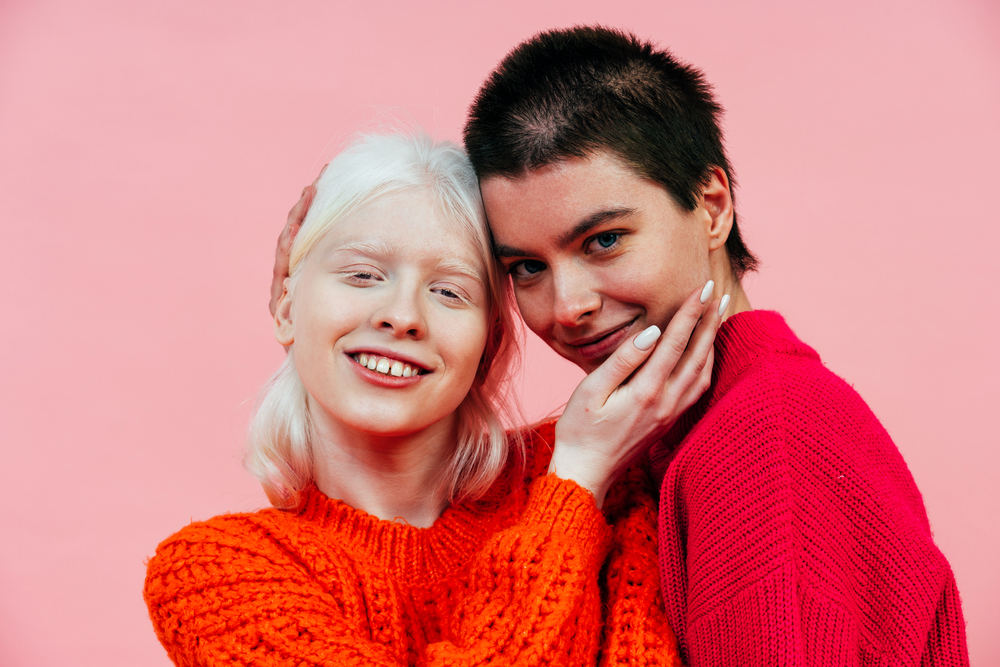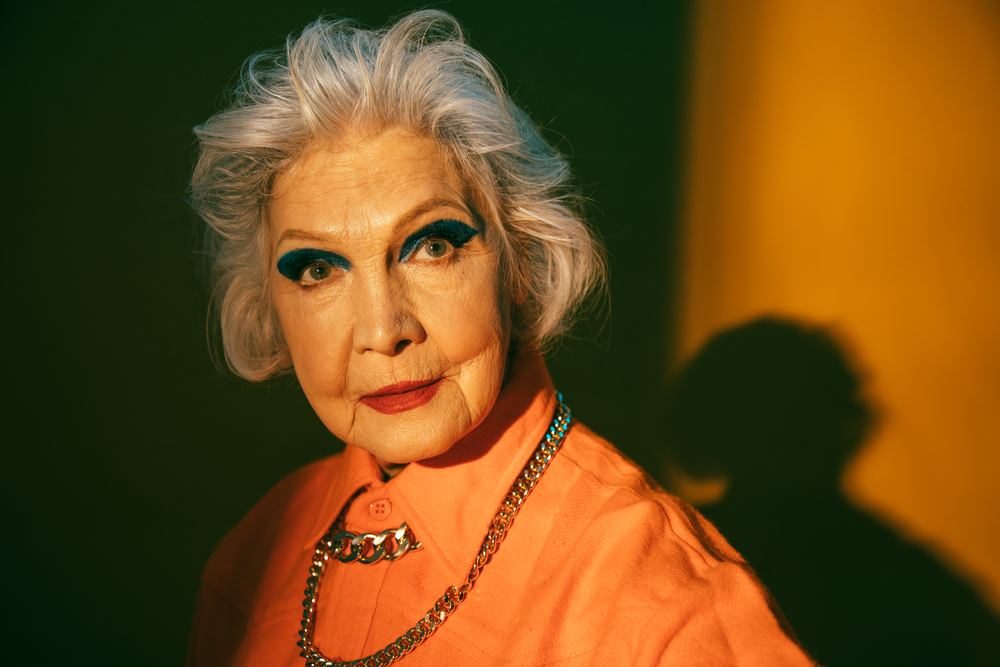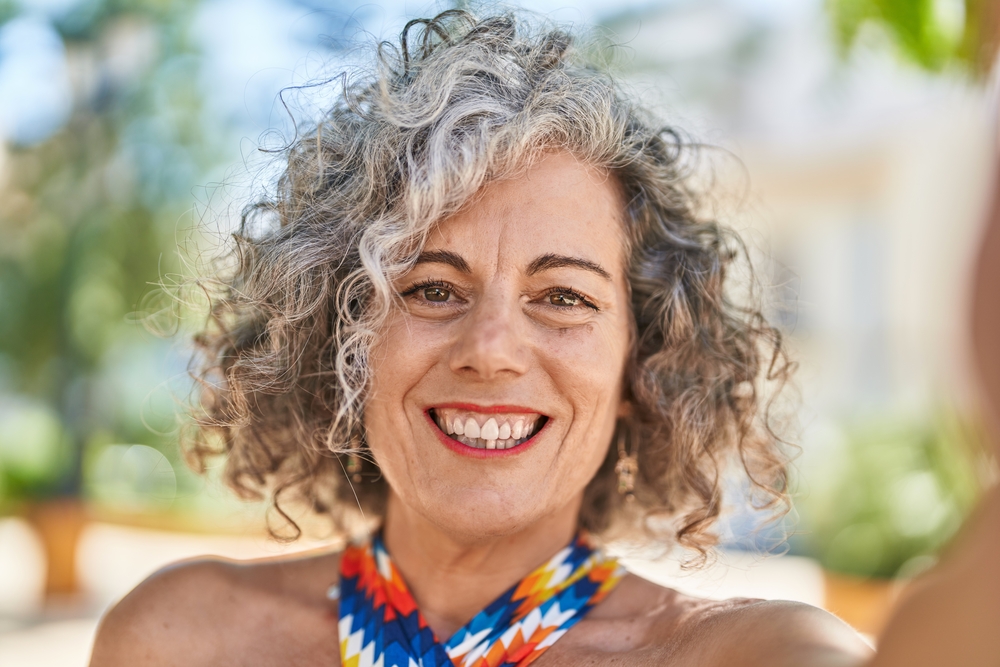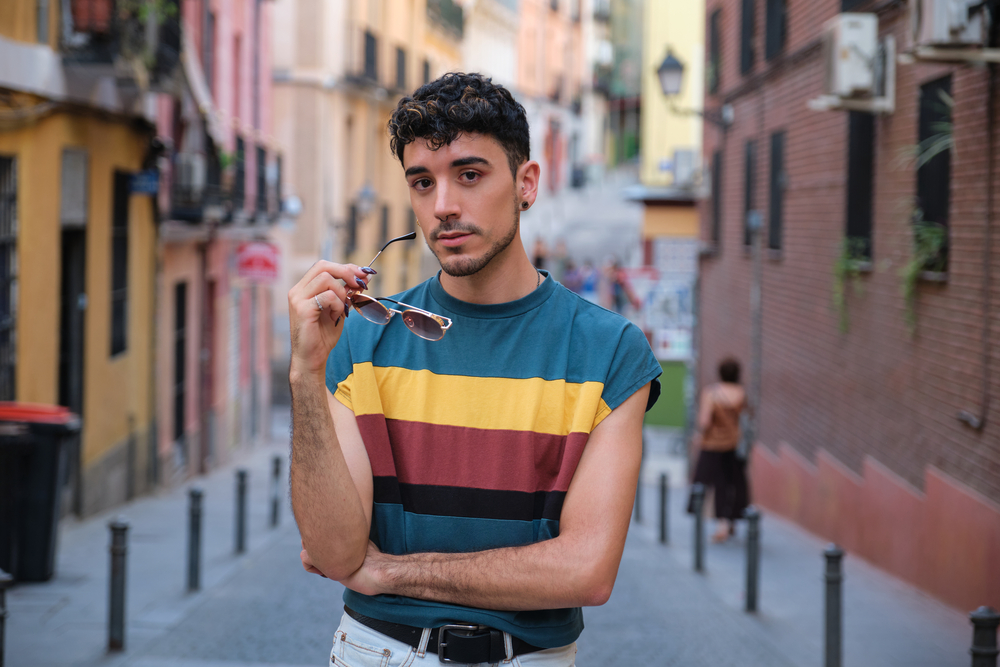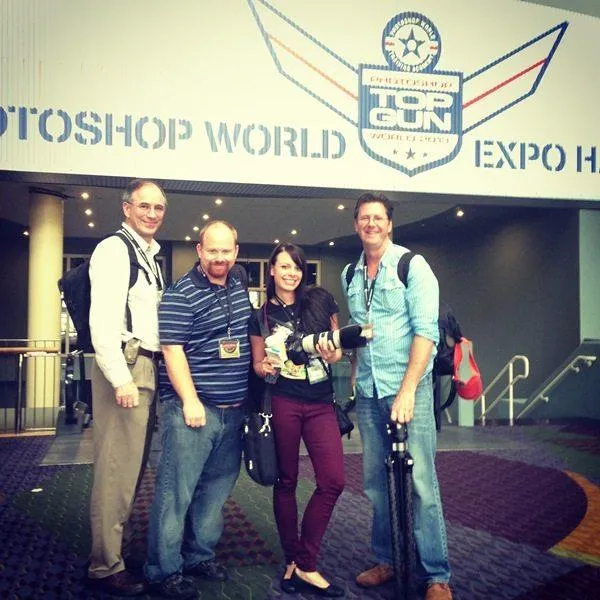Redefining Beauty in the Modern World: How Brands Can Adapt
Beauty is a changing concept. From the idealized and proportional images of Ancient Greece to the diverse and body-positive images in our social media feeds today, our perceptions of beauty have been in constant change. The shifts in how society perceives beauty have also significant implications for businesses. Consumers seek representation and relatability, and brands that can’t offer these are finding themselves increasingly irrelevant.
As we celebrate International Beauty Day, let’s reflect not just on how beauty enriches our lives, but also on how its standards are evolving. Dive in for strategies on how to adapt to redefined beauty standards and discover a special collection of visuals that captures the essence of beauty in its multiple forms!
Explore Collection
From idealistic to realistic: a shift in beauty standards
In the 21st century, the way we portray beauty has been transforming. The once prevalent “idealistic” standards—often unattainable and exclusive—are giving way to more “realistic” and inclusive notions. This shift signifies more than a mere trend; it reflects an acknowledgment of human diversity.
For decades, the beauty industry propagated a narrow definition of beauty. Magazine covers, advertising campaigns, and even product packaging were dominated by images of individuals who fit a particular type: young, slim, and tall. These portrayals were an imagined ideal far beyond the reach of the average person. And while they may have captured attention, they also cultivated insecurities, promoting the idea that beauty was something to be achieved rather than celebrated in its natural form.
Today, the beauty narrative is increasingly focused on real people sharing authentic stories. From plus-size models on the covers of leading fashion magazines to influencers of all ages, genders, and ethnicities sharing their content on social media, what’s considered beautiful has dramatically expanded. Such realistic portrayals of beauty also include acknowledging imperfections and society now is increasingly appreciating that beauty exists in the flaws that make us human.
As the age of old beauty norms is over, brands that fail to adapt risk not just their reputation, but their bottom line. Consumers today are discerning, calling out brands that don’t align with their values. By acknowledging and adapting to the shift from idealistic to realistic portrayals of beauty, brands not only meet contemporary expectations but also contribute to a more inclusive and accepting world.
The new beauty of the 21st century
1. Embracing diversity and inclusion
One of the most powerful shifts in modern beauty standards is the move toward diversity and inclusion. Brands are now showcasing a broader spectrum of skin tones, body types, and ages in their campaigns. This isn’t simply about political correctness; it’s a reflection of consumers demanding to see themselves represented in the products they buy and the brands they support.
2. Body positivity and authenticity
Alongside diversity and inclusion, body positivity has become a driving force in redefining beauty standards. The movement empowers people to embrace their natural shapes and sizes, advocating for authentic representation over idealized images. Brands are picking up on this, replacing idealized models with real people showcasing real bodies.
3. Gender fluidity and non-binary representation
The beauty industry is becoming increasingly gender-inclusive. Brands are launching unisex products and featuring models who identify across the gender spectrum. As society becomes more accepting of different gender identities, different industries are following it, acknowledging that beauty isn’t confined to any particular gender.
Adapting to redefined beauty standards
1. Conduct inclusive market research
Gather insights from different consumers, including those who have been underrepresented in your industry. Use this data to understand their needs and preferences, and to ensure your product development and marketing strategies are inclusively designed.
2. Update product lines
Ensure your products cater to a diverse client base. This could mean offering a wider range of skin tones in beauty products, including garments of all sizes in fashion lines, or developing accessible packaging and designs that are easy to use for people with disabilities.
3. Reassess advertising imagery and language
Audit your past and current marketing materials to understand how inclusive they are. Aim for diversity in skin color, body type, age, and other factors. Opt for language that is gender-neutral and free from stereotypes.
4. Collaborate with diverse voices
Partner with influencers and creators who reflect the diversity of your audience, or try involving your brand in community projects. Such collaborations lend credibility to your brand’s inclusivity efforts and expand your reach.
5. Foster a culture of inclusion internally
Inclusion should not only be customer-facing; it needs to be ingrained in a brand’s culture. Conduct diversity and inclusion training for your employees and foster an environment where everyone feels seen and heard.
To wrap up
The concept of beauty is transforming. This evolution isn’t just reshaping individual self-perception but revolutionizing the way brands engage with their audiences. Brands have an unprecedented opportunity—and responsibility—to evolve alongside these redefined standards of beauty. It’s no longer a question of whether your brand should adapt, but how quickly it can do so to remain relevant to its diverse audience.
Explore Collection
Other articles you might find interesting
Fall Color Trends 2023: Captivating Palettes, Curated Collections & Design Inspiration
Dolce far Niente: Embracing the Sweetness of Doing Nothing
Old Money Aesthetic: What is It and Why is It so Popular?
